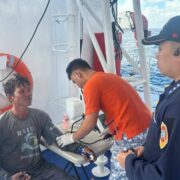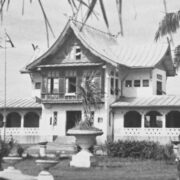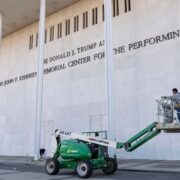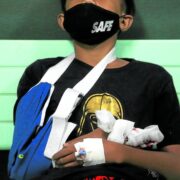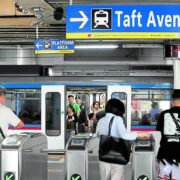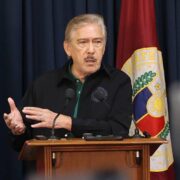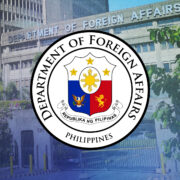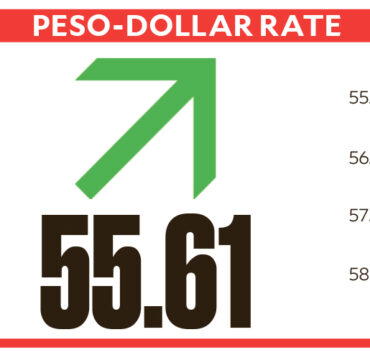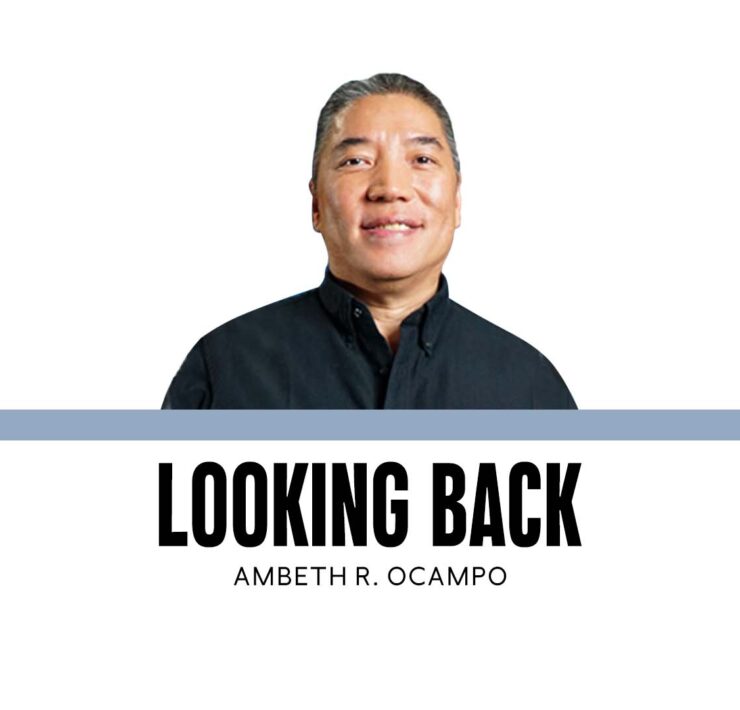What’s in a [place] name?
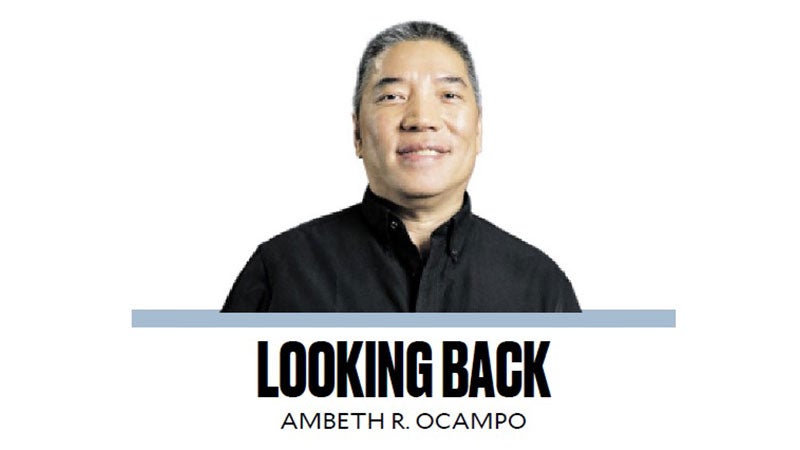
What do Basco, Dasmariñas, Echagüe, Lemery, Norzagaray, Obando, and Raon have in common? They are all places named after governors general of the Spanish Philippines. Remembering them was prompted by mooncakes currently in season. Glazed mooncakes come in bright red tin cans reused for sundries. As a boy, I tried to decipher the auspicious Chinese characters for longevity or harmony stamped on them, disappointed when confronted with crass specimens stamped with the name of the bakery.
I believed mooncakes were the Chinese equivalent of Christmas fruit cakes. Depending on the budget of the giver, a mooncake can be a simple black bean-type, or enriched with: nuts, preserved fruit, lotus seeds, salted duck egg yolk, or even slices of Hunan ham. Recent variations have custard or, horrors, even ube! I was scolded for picking out the special or expensive ingredients from mooncakes with my mother saying: “kung ganyan lang, hopia na lang kainin mo!”
Some of the best hopia I have had come from Echagüe, a street in downtown Manila renamed Carlos Palanca Street. While browsing through the “Cronica General de España. O sea Historia ilustrada y descriptive de su provincias sus poblaciónes mas importantes de la peninsula y de ultramar” (1868), I came across an illustration of one “Don Rafaél Echagüe.” We mispronounce his name, that should be “echa-gu-we,” not “echa-geh.” I found his full name online, Rafael de Echagüe y Bermingham. He signed himself grandly as “El Conde del Cerrallo.”
Echagüe, governor general from 1862 to 1865, succeeded Jose Lemery. Echagüe became a municipality in Isabela and a busy street in downtown Manila, while Lemery became the name of the Batangas municipality before Taal. Echagüe’s posting in Manila was eventful, he survived the great 1863 earthquake that damaged most of Intramuros including: the Manila Cathedral, the Ayuntamiento, and the Palacio del Gobernador. His official residence unlivable, Echagüe moved to a country home by the Pasig river, Malacañang, that made it the seat of government to this day. While Echagüe also survived a cholera epidemic, his misfortune was being widowed by the disease.
A chronological list of governors general of the Philippines can be found online. It begins with the Spanish Miguel Lopez de Legazpi in 1565 and ends with the American Frank Murphy who was retitled in 1935, from governor general to United States high commissioner upon the inauguration of the Philippine Commonwealth.
Lemery, Batangas, was named after José Lémery e Ibarrola, governor from 1861 to 1862. Under Lemery: the Puerta Isabel II in Intramuros (facing the present Bureau of Immigration) was inaugurated, civil registries for birth, marriages, and deaths were established, and Mindanao divided into six politico-military districts.
Obando, Bulacan, was named after Francisco José de Ovando, governor general from 1750 to 1754. Not much is provided online on his term in Manila aside from being troubled by Moros, the archbishop, and audiencia of Manila. Much of the material cover his term as governor of Chile and his military exploits that gave him the title Marques de Brindisi.
Basco, Batanes, was named after Jose Basco y Perez de Vargas, governor general from 1778 to 1787 who I remember from college history as the founder of the Sociedad Exonomica de los Amigos del Pais (Economic Society of the Friends of the Country) that encouraged agriculture in tobacco, sugar, and cotton as well as mining. Basco was conferred the title “Conde de la Conquista de Batanes” (Count of the Conquest of Batanes).
Norzagaray, Bulacan, was named after Fernando Norzagaray y Escudero, governor general from 1857 to 1860 who separated Casay, now Norzagaray, from Angat. In 1858, he sent Philippine troops to Cochinchina in southern Vietnam in a joint campaign with the French following the martyrdom of Jose Maria Diaz Sanjurjo, bishop of Tonkin, a Dominican friar from Manila later canonized a saint in 1988. When the Jesuits returned to the Philippines after their expulsion in 1768, Norzagaray put them in charge of a municipal school that became the Ateneo Municipal de Manila that grew into the present Ateneo de Manila University.
Raon, the Manila street famous for bargain electronic gadgets, audio equipment, and even vinyl records, was named after José Antonio Raón y Gutiérrez, governor general from 1765 to 1770 who implemented the expulsion of the Chinese in 1766 and the Jesuits as ordered by Carlos III in 1767. It was said that Raon was bribed to implement these expulsions slowly.
Sabino Padilla in Manila’s Chinatown is still known by its old name, Gandara, for governor general José de la Gándara y Navarro (1866-1869) a military man who inaugurated the telegraph system and the Department of Mines. YouTube says Gandara is the place for cheap “trapal” and a roadside stall that serves stewed pork innards.
Place names are markers of history, they become relevant when we give them a second, closer, look.
—————-
aocampo@ateneo.edu
Ambeth is a Public Historian whose research covers 19th century Philippines: its art, culture, and the people who figure in the birth of the nation. Professor and former Chair, Department of History, Ateneo de Manila University, he writes a widely-read editorial page column for the Philippine Daily Inquirer, and has published over 30 books—the most recent being: Martial Law: Looking Back 15 (Anvil, 2021) and Yaman: History and Heritage in Philippine Money (Bangko Sentral ng Pilipinas, 2021).





